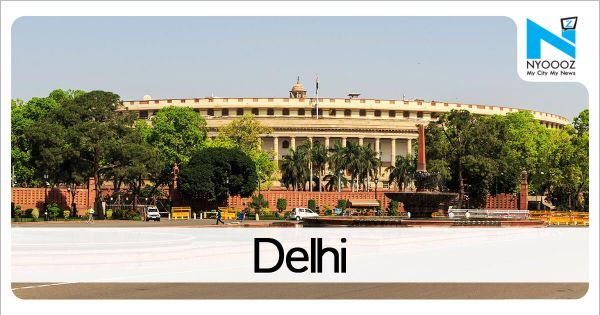Predicted June-July rainfall over Delhi with over 80% accuracy: IMD chief
- | Monday | 8th August, 2022

New Delhi, Aug 8 (PTI) The India Meteorological Department predicted rainfall over Delhi in June and July with more than 80 per cent accuracy and reports of multiple false warnings are not correct, its chief Mrutyunjay Mohapatra has said.The IMD director general said the impact-based forecast is a recent phenomenon and it will improve with time to become "more granular, specific and accurate" by 2025.Impact-based forecasts provide information needed to act before severe weather events to minimise the socio-economic costs. It includes colour-coded alerts with risk levels and suggested actions. These are: green (no action needed), yellow (watch and stay updated), orange (be prepared) and red (take action).Dismissing reports of "multiple false rainfall warnings" for Delhi in June and July, the MeT office chief said, "It is not a fact. In June and July, the IMD predicted rainfall over Delhi with more than 80 per cent accuracy." He, however, acknowledged that the weather bureau issued an orange alert for two to three days on one occasion which was withdrawn immediately."This is the beauty of weather forecasting – it is a non-linear system. Two plus two is not equal to four in weather forecasting and atmospheric science."So, weather agencies across the world update their forecast every day. We also removed the orange alert when we thought it was not required," Mohapatra told PTI.He said the department started issuing impact-based forecasts just three years ago."It is a new phenomenon. There are only a few countries which are providing location-specific, impact-based forecasts. So, certainly, there are some limitations but it will improve over time," he said.Mohapatra said, "For example, we had impact-based forecasts for cyclones for a long time. It has matured now and we have moved onto dynamic impact-based forecasts for cyclones." The IMD"s cyclone prediction with pinpoint accuracy is appreciated worldwide."Impact-based forecast is challenging because it not only requires information on weather parameters but also on secondary hazards (floods, landslides, etc.) and other factors such as city configuration, typography, population density, types of transport, water bodies, land use and land cover among others," the IMD chief said."We are working to better the impact-based forecast in collaboration with state governments and other stakeholders, including the Indian Space Research Organisation (ISRO). It will become more granular, specific, accurate and dynamic by 2025," he said. PTI GVS NB TDS TDS

If You Like This Story, Support NYOOOZ
Your support to NYOOOZ will help us to continue create and publish news for and from smaller cities, which also need equal voice as much as citizens living in bigger cities have through mainstream media organizations.
Stay updated with all the Delhi Latest News headlines here. For more exclusive & live news updates from all around India, stay connected with NYOOOZ.




